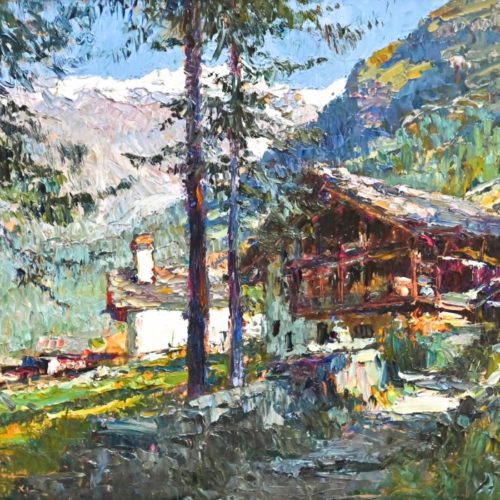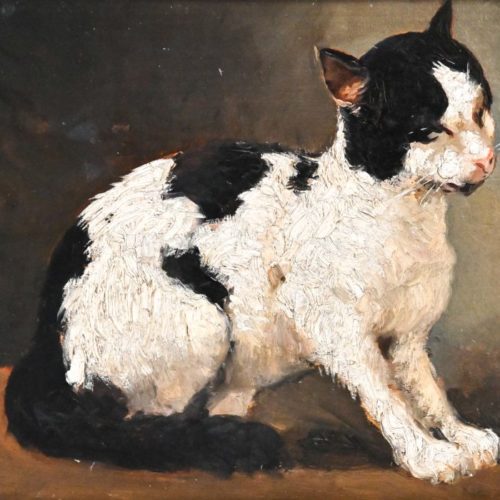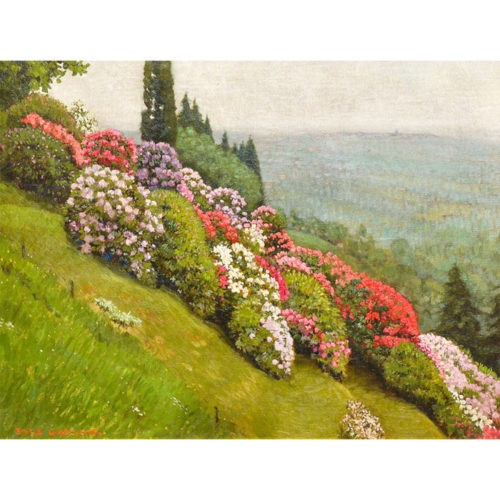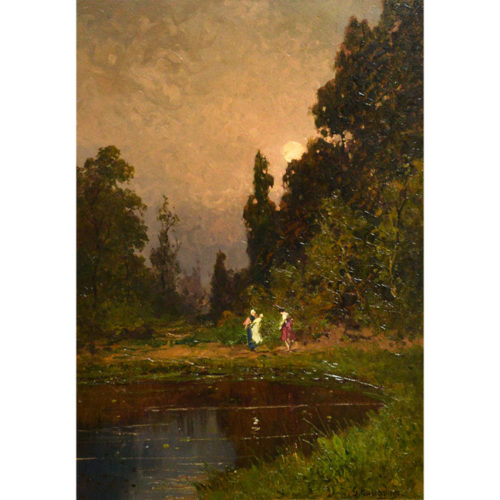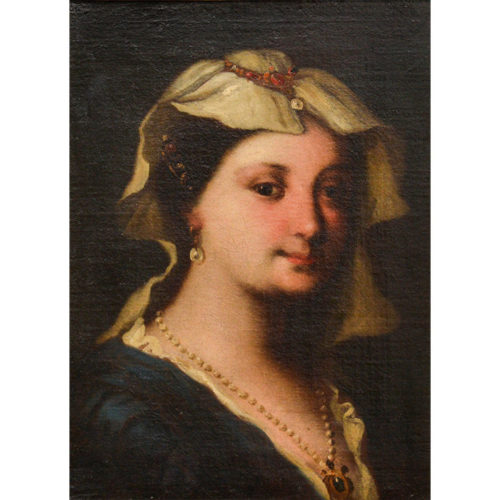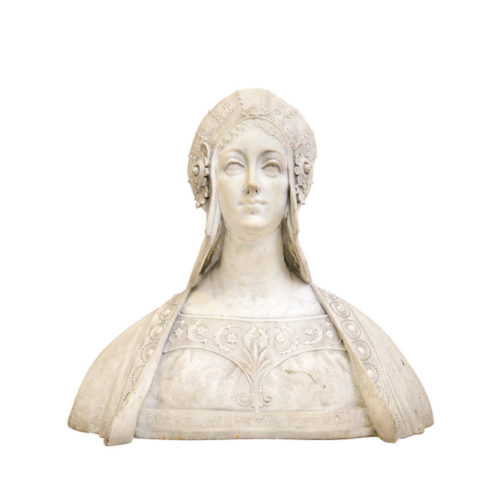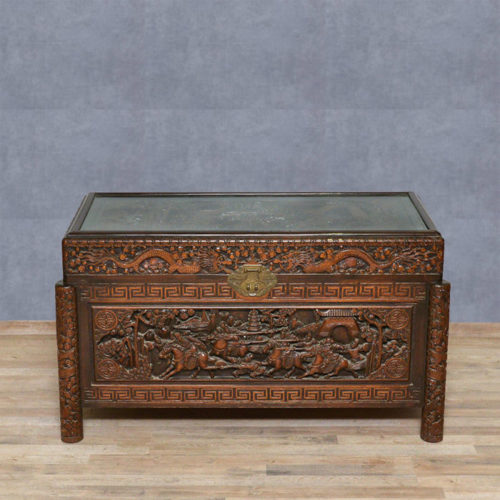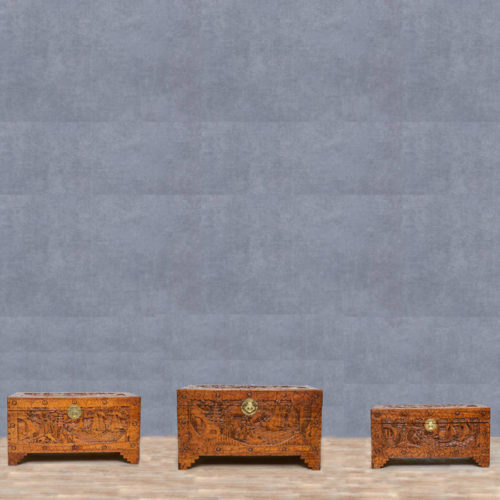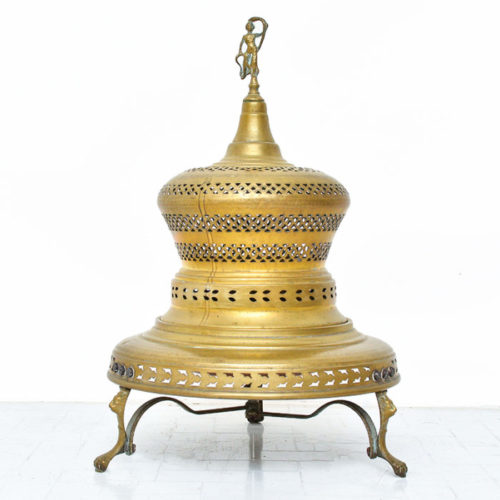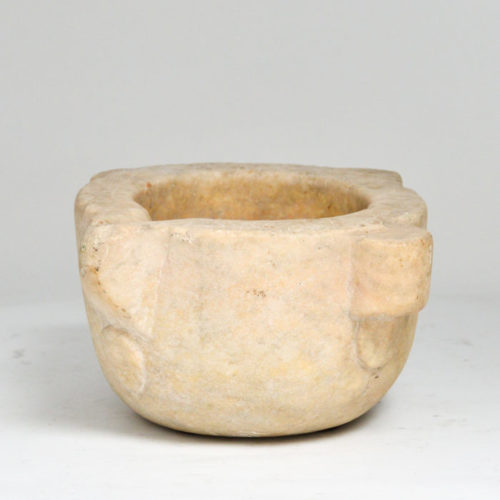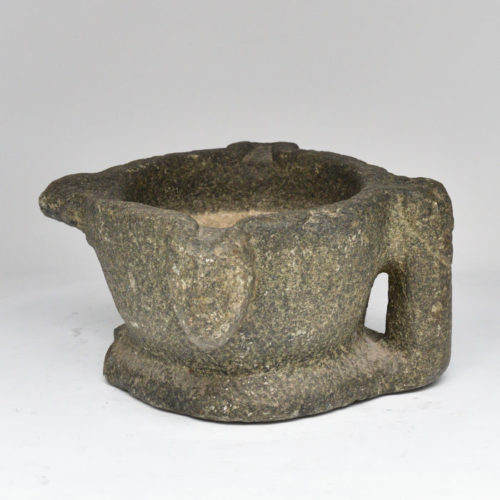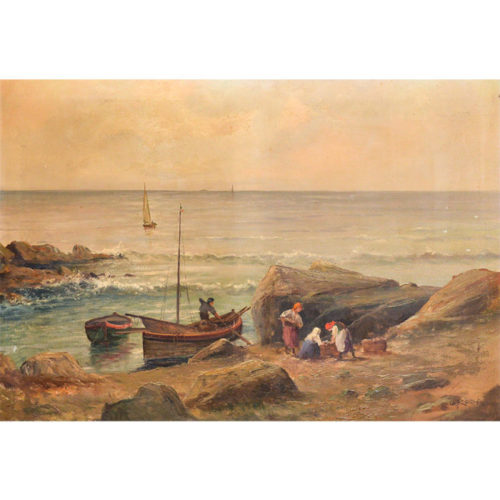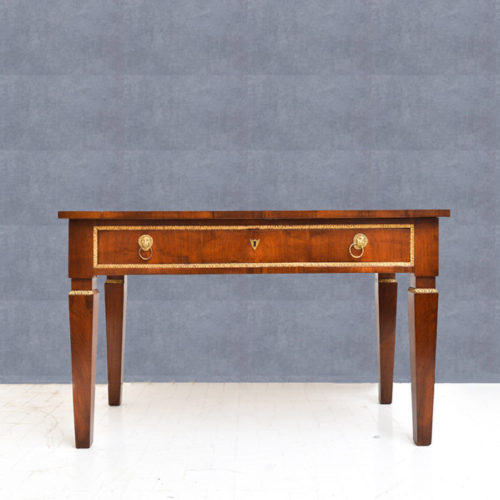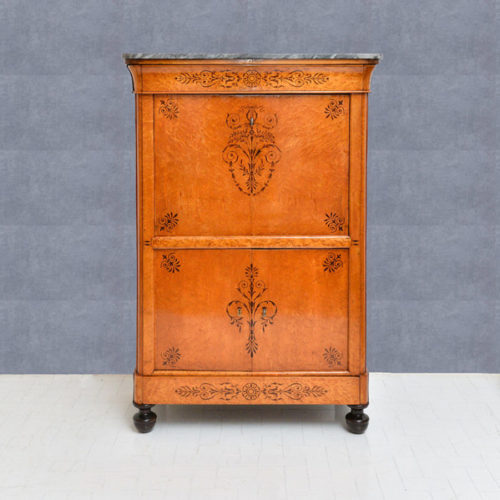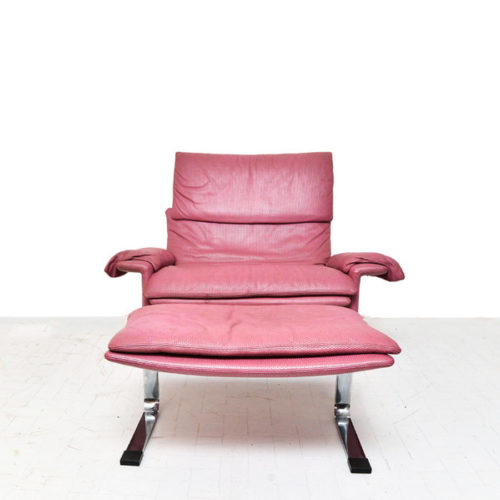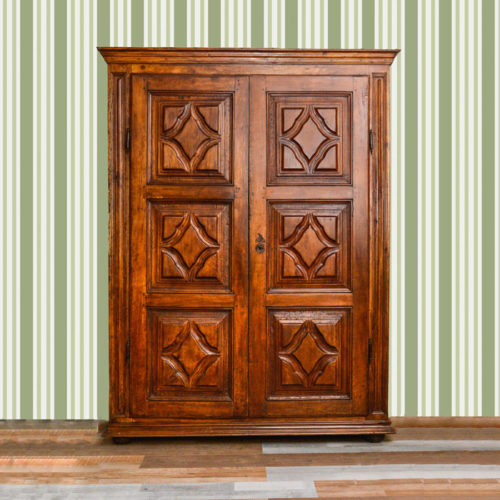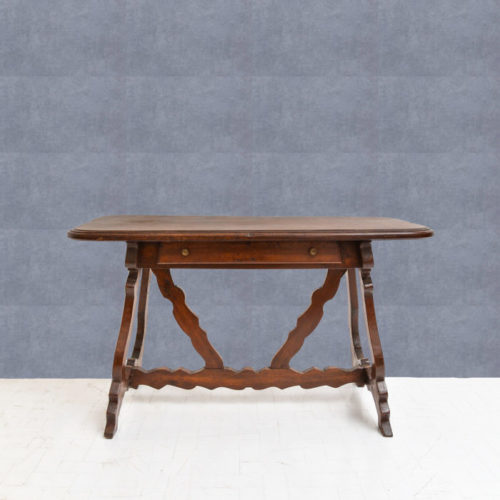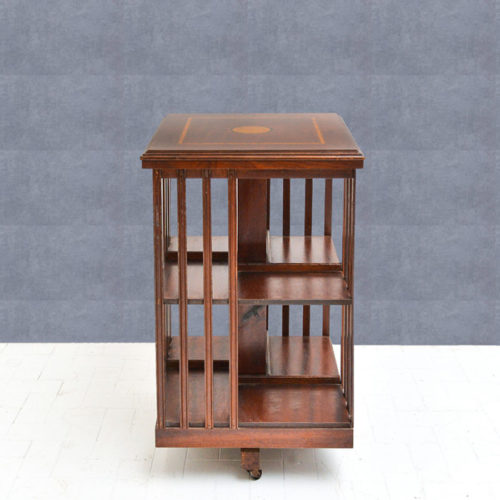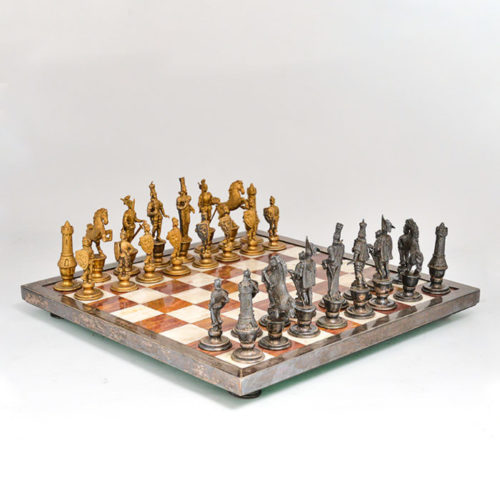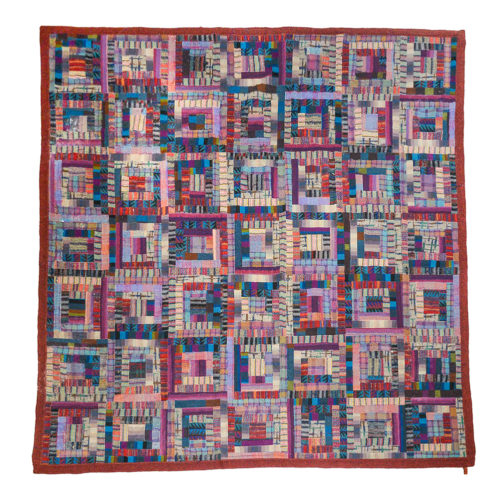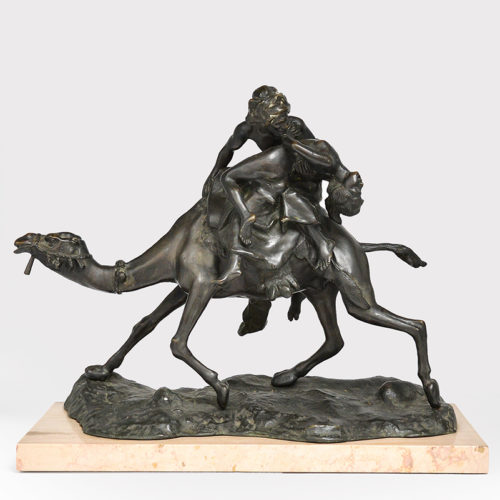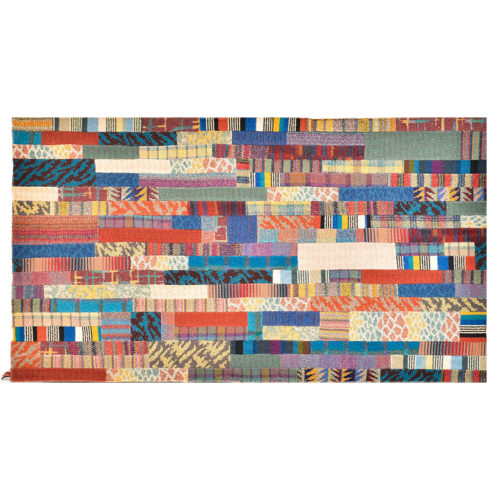"Mountain landscape" - Oil on tablet by Lidio Ajmone. Signed and dated 1939 in the lower left corner.
LIDIO AJMONE Born in Coggiola (Biella on 10 April 1884, died in Andezzeno near Chieri on 29 September 1495. He attended the Albertina Academy in Turin and was later a pupil of Vittorio Cavalleri. He always exhibited at the promoter, at the Circolo Artisti e Amici dell ' Art of Turin and sometimes in Milan, Genoa, Casale and Novara. He took part in the great war as captain of the 3rd Alpini, was wounded and decorated. In 1925 he went to Somalia with Governor De Vecchi and carried out several works there Interesting. He portrayed the Sovereigns of Italy, Benito Mussolini and the Duke of Abruzzi. At the Civic Museum of Turin you can find his painting: Neve. He was a good colourist and always made himself admired as a sensitive landscape painter. it was organized at the Circolo degli Artisti in March 1946. There were about forty works among the most significant from the various periods of artistic activity, which left good African and Rhodes impressions.
Period: 1939
Measurements: In frame H 54 x L 64 cm / Tablet H 35.5 x L 45 cm
